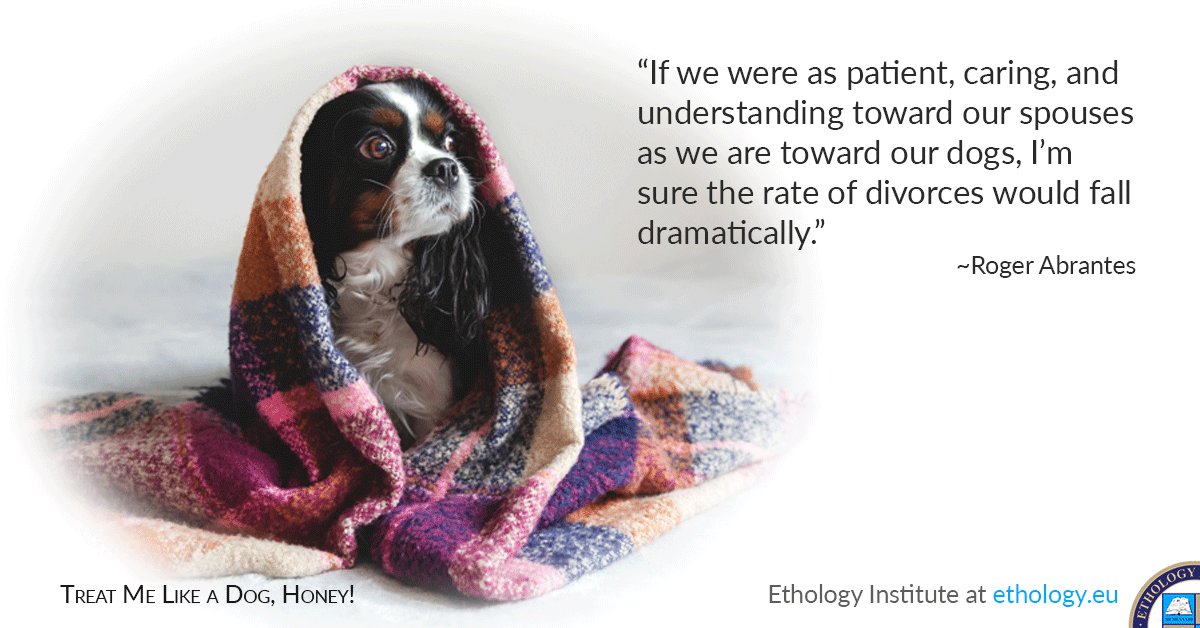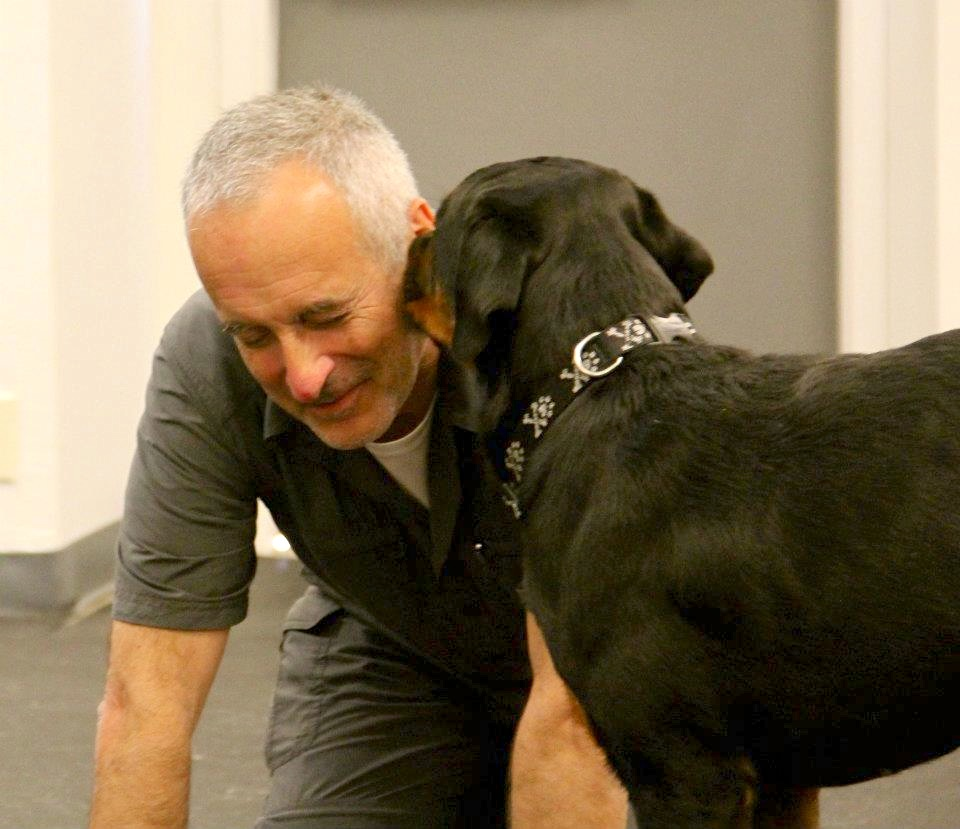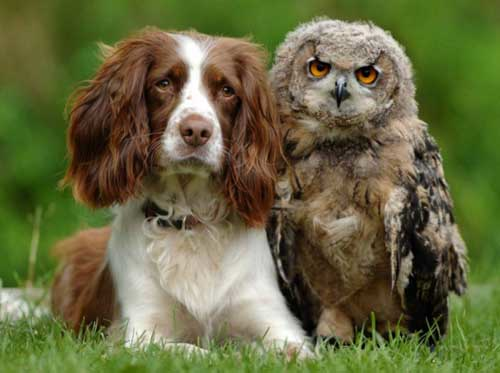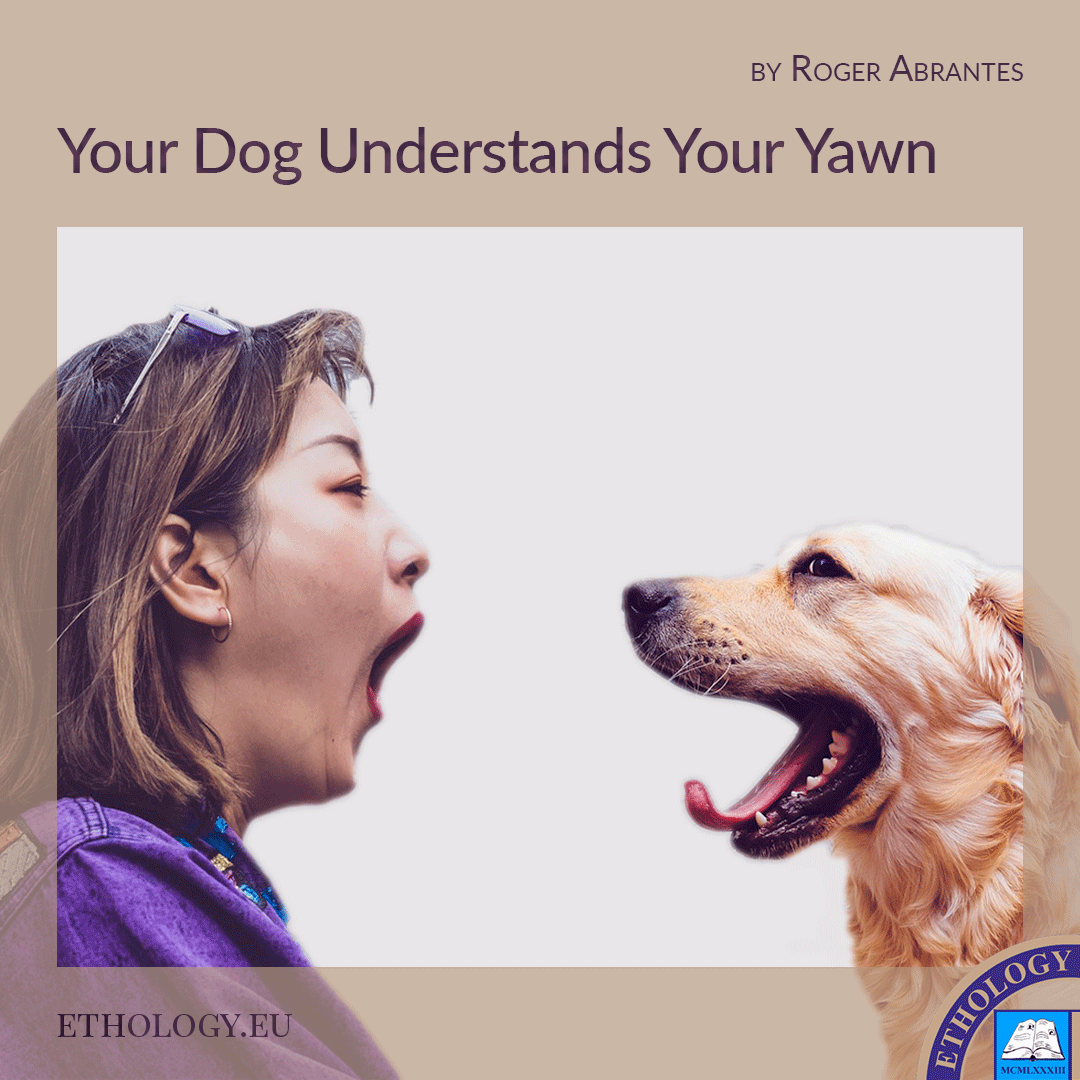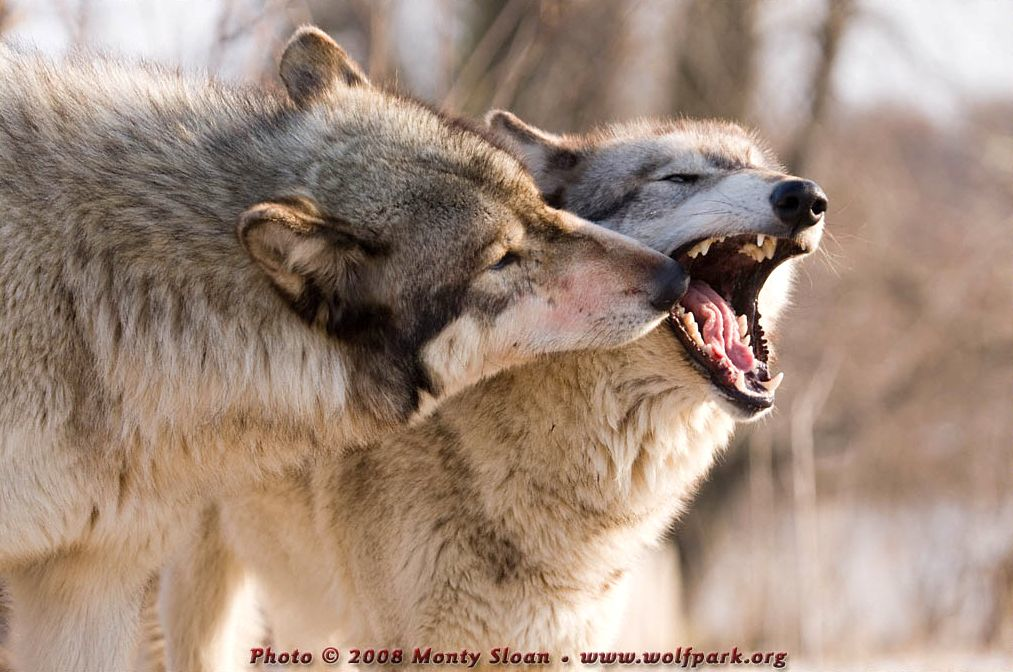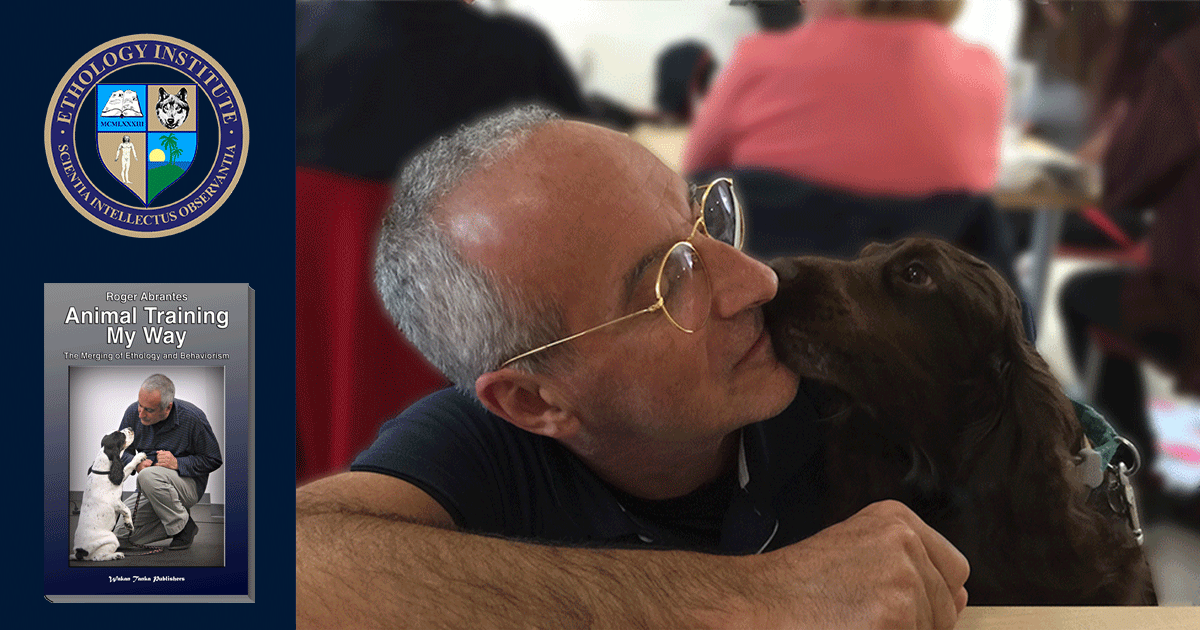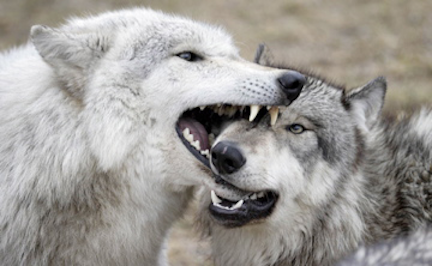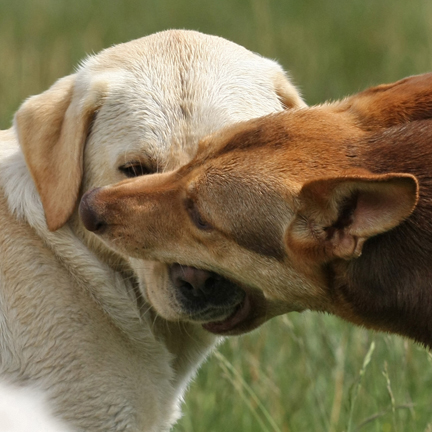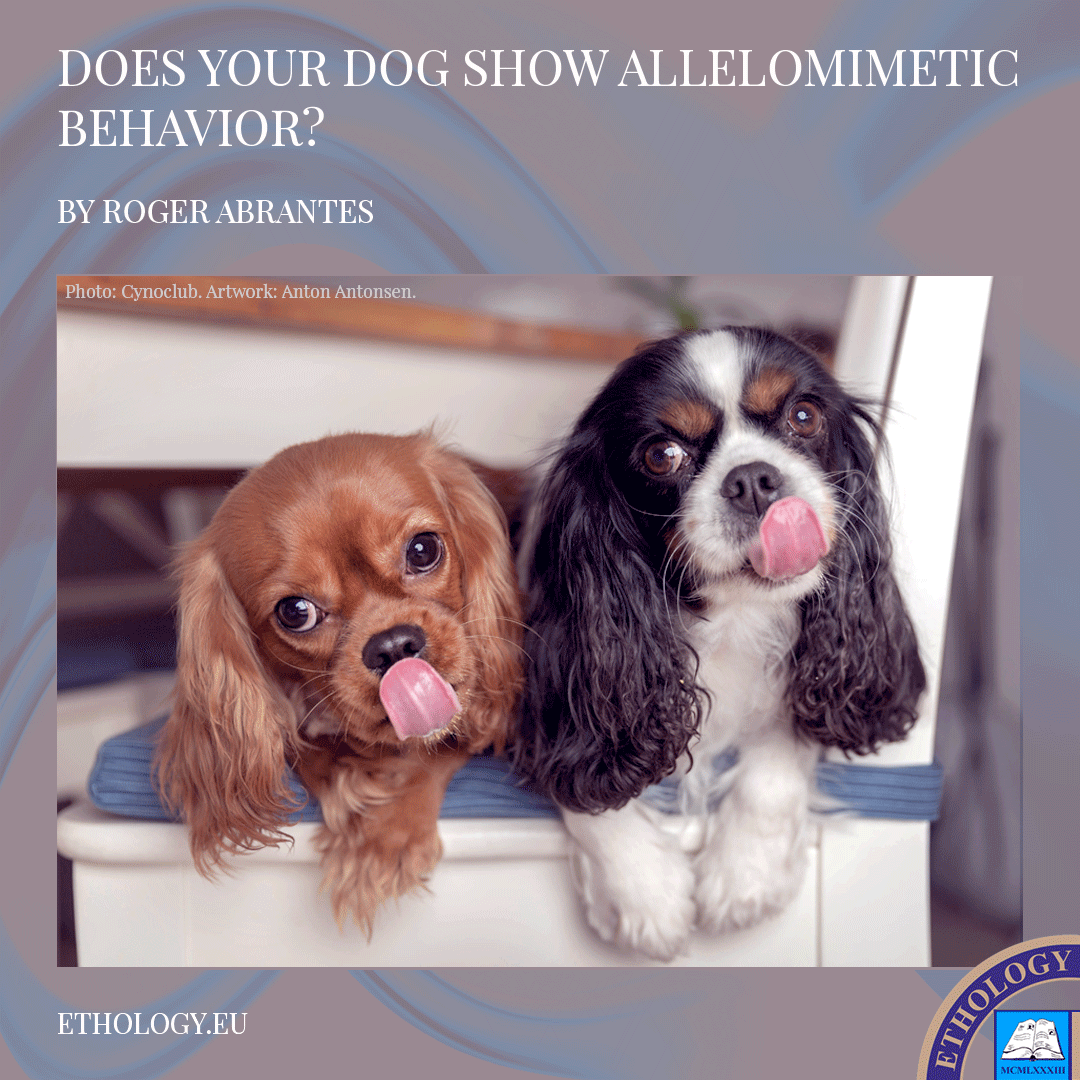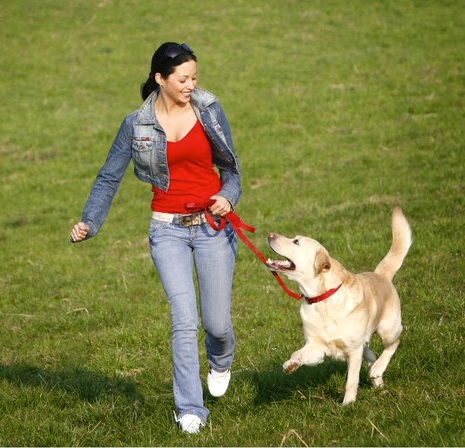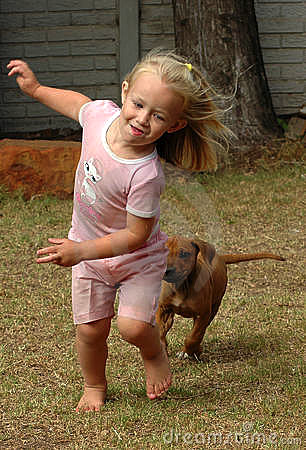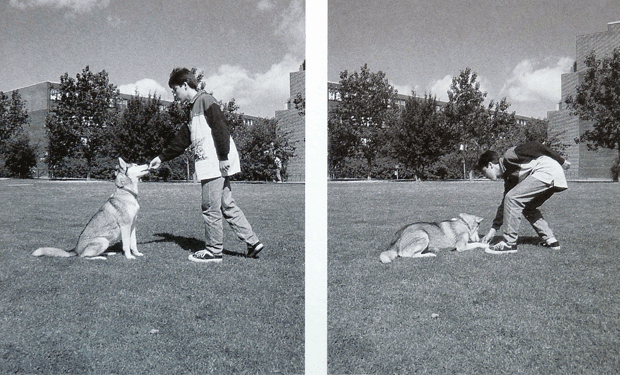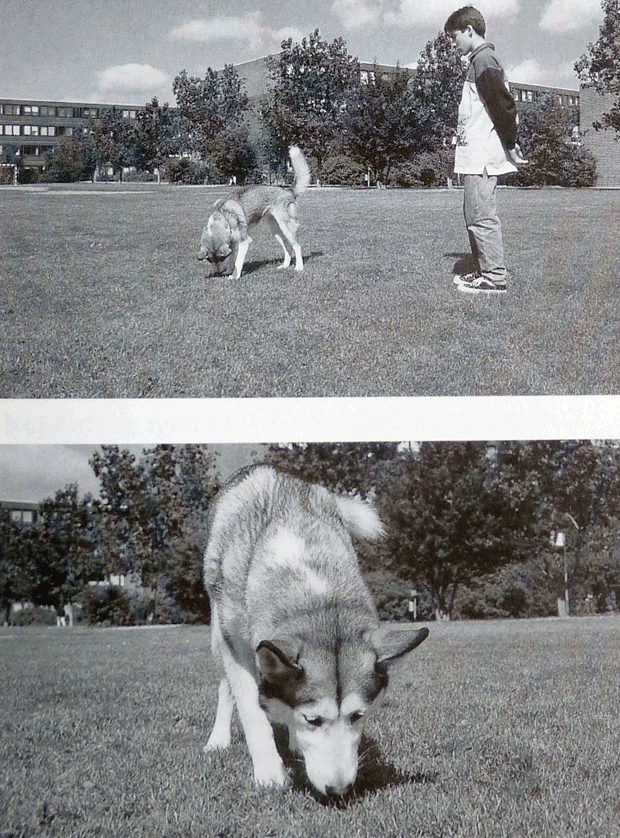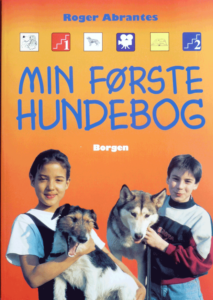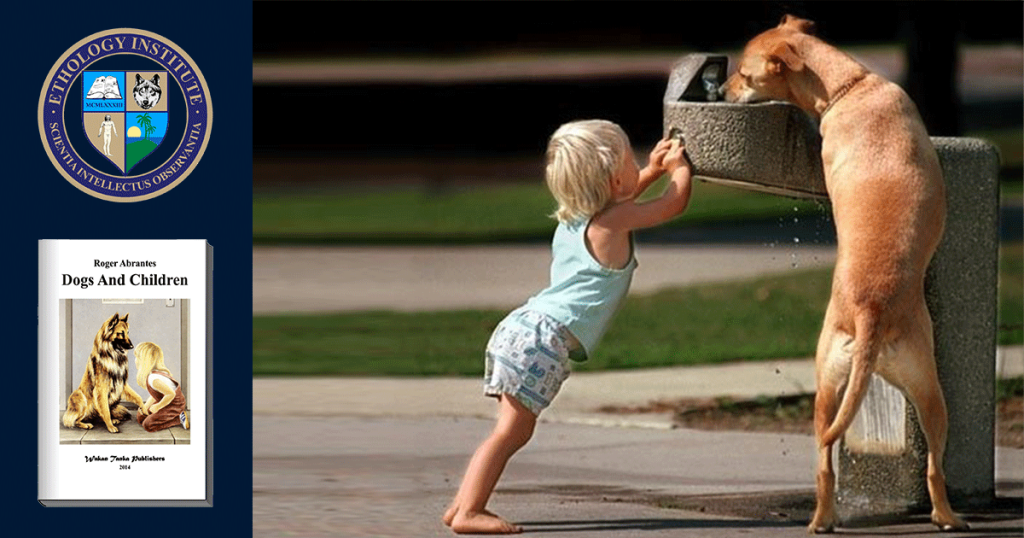All characters appearing in this blog are fictitious. Any resemblance to real persons, living or dead, is purely coincidental. The facts described may not apply to all regions of the world. Content warning: The following text contains scenes of humor and should not be read by humorless persons.
Photo: If we just were as caring toward our spouses… (photo by unknown)

“Treat me like a dog, honey!” If we were as patient, caring, and understanding toward our spouses as we are toward our dogs, I’m sure the rate of divorces would fall dramatically.
Dog owner: “My dog bites me sometimes when he gets too excited playing with a toy. What can I do?”
Dog owner: “My dog chews the couch and tears down the curtains when he’s home alone. What can I do?”
Dog owner: “My dog pees on the floor when we have guests. What can I do?”
Dog owner: “My dog bites people I meet on the street when they talk to me, but it is only to protect me. What can I do?”
Dog problem #1 according to statistics: CHAP or canine home alone problems (photo by twenty20twenty photos).

Now, I invite you to substitute the word dog with spouse in all sentences above. How many divorces are we facing, do you reckon?
Dog owners go to great extents to solve the problems that invariably will pop up. Dog owners live by Murphy’s law. When all fails, they adapt to their beloved pets and adjust their lives instead. They get up early and go to bed late because the dog needs to be walked and do stuff—and sometimes there’s a lot of stuff to do, including the endless sniffing of a patch of pee.
Dog owners don’t go on long holidays because they don’t want to leave their dogs behind. Instead, the dogs decide who they visit, when and for how long. They only call on friends who accept their dogs’ visiting as well.
Gone are the days when suntanning used to be a relaxing, careless activity! Dogs are wonderful, aren’t they? (photo via fax.com).
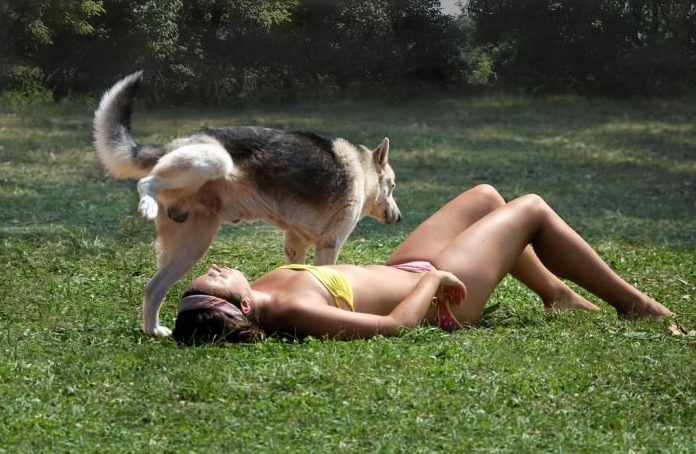
The dog cannot be home alone. Gone are the days when they could go to the movies on the spur-of-the-moment.
Gone are the lazy Sunday mornings, staying in bed a tad longer.
Their impeccably clean home is not that impeccable any longer because dogs imply hair, dust, fluff, flees, accidents—and the dog never tidies up.
Imagine your partner bites you when watching an exciting TV program, pees on the toilet seat, hits people who talk to you, force you to go for a walk in pouring rain, interrupts your movie watching, always decides where to go on holidays, chooses which friends you can see, makes a mess of the house and never cleans up. I bet you would be gone even before you have had the time to finish reading my blog (and I, for one, wouldn’t have blamed you for that).
“Treat me like a dog, honey!”
Keep smiling!
PS—Did you smile? Then, take a look at this one: “Are Our Dogs Stressed?” ![]()
Featured image: Treat me like a dog, honey! (art by Anton Antonsen). T-shirt with motive and quote available here.


